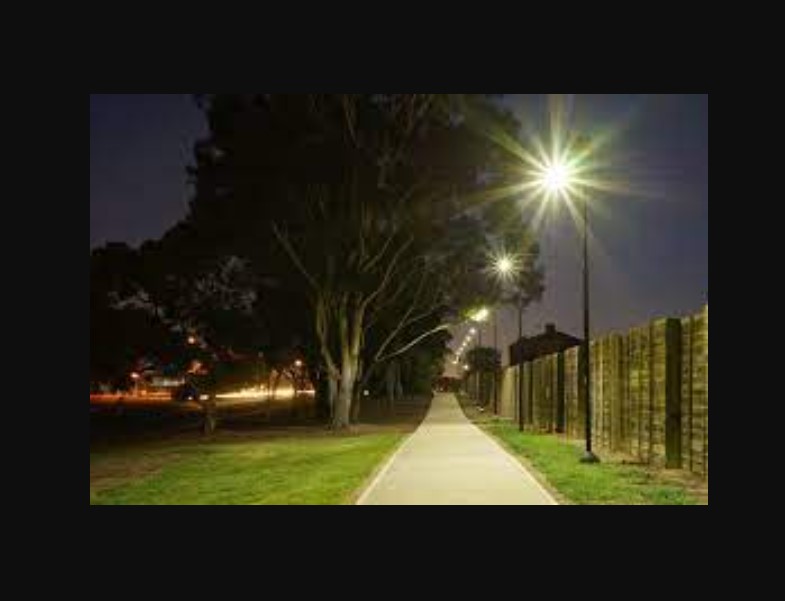Efficient Illumination: The Role of Sensors in Street Light Control
Street lighting plays a crucial role in urban safety, security, and quality of life. Traditionally, street lights have operated on fixed schedules, consuming substantial energy irrespective of actual lighting needs. The advent of sensor technology has revolutionized this landscape, enabling dynamic, responsive street lighting systems. This article delves into the various types of sensors used in street light control, their operational mechanisms, benefits, and real-world applications.
The Need for Efficient Street Lighting
Effective street lighting is essential for:
- Safety: Proper illumination reduces accidents and aids in crime prevention.
- Security: Adequately lit areas deter criminal activities.
- Urban Aesthetics: Well-lit streets enhance the visual appeal of urban environments.
However, traditional street lighting systems often lead to energy wastage and high operational costs. Lights remain on even when there is no need, contributing to unnecessary energy consumption and environmental impact.
The Role of Sensors in Street Lighting
Sensors are pivotal in transforming street lighting from static to dynamic systems. By detecting environmental conditions and human activity, sensors can adjust lighting levels in real-time, ensuring illumination only when necessary. This not only saves energy but also extends the lifespan of lighting infrastructure.
Types of Sensors in Street Light Control
- Photocells (Light Sensors):
- Function: Detect ambient light levels.
- Operation: Automatically turn lights on at dusk and off at dawn.
- Benefits: Simple and cost-effective, ensuring lights are on only during dark periods.
Motion Sensors:
- Function: Detect movement within a specified range.
- Operation: Activate lights when motion is detected and dim or turn off when no motion is present.
- Benefits: Significant energy savings by providing light only when activity is detected.
Presence Sensors:
- Function: Detect the presence of individuals in the area.
- Operation: Similar to motion sensors but can differentiate between stationary and moving objects.
- Benefits: Enhanced accuracy in lighting control, reducing false positives.
Acoustic Sensors:
- Function: Detect sound levels.
- Operation: Activate lights in response to noises, indicating human presence or activities.
- Benefits: Useful in areas where visual detection is challenging.
Weather Sensors:
- Function: Monitor environmental conditions such as fog, rain, and snow.
- Operation: Adjust lighting intensity based on weather conditions to maintain visibility.
- Benefits: Improved safety and visibility in adverse weather conditions.
- Integrating Sensors into Street Light Control Systems
- The integration of sensors into street lighting systems involves combining hardware and software components to create a cohesive network. Key elements include:
Smart Controllers:
- Role: Act as the brain of the system, processing sensor inputs and controlling light outputs.
- Functionality: Can be programmed to follow specific lighting algorithms based on sensor data.
Wireless Communication:
- Role: Enables real-time data transmission between sensors, controllers, and central management systems.
- Functionality: Facilitates remote monitoring and control, allowing for adjustments and diagnostics.
Central Management Systems (CMS):
- Role: Provides a platform for overseeing and managing the entire street lighting network.
- Functionality: Aggregates data, generates reports, and enables strategic planning and maintenance.
Benefits of Sensor-Based Street Lighting
Energy Efficiency:
- Reduction in Consumption: Sensors ensure lights are on only when needed, significantly reducing energy use.
- Cost Savings: Lower energy consumption translates to reduced electricity bills and operational costs.
Extended Lamp Life:
- Reduced Operating Hours: By minimizing the time lights are on, sensors help extend the lifespan of lighting fixtures.
- Lower Maintenance Costs: Longer-lasting lamps mean fewer replacements and lower maintenance expenses.
Enhanced Safety and Security:
- Adaptive Lighting: Sensors provide optimal illumination based on real-time conditions, improving visibility and safety.
- Crime Deterrence: Consistently well-lit areas deter criminal activities.
Environmental Benefits:
- Lower Carbon Footprint: Reduced energy consumption leads to decreased greenhouse gas emissions.
- Sustainable Urban Development: Efficient lighting contributes to the overall sustainability of urban environments.
Improved Urban Aesthetics:
- Dynamic Lighting: Sensors allow for aesthetically pleasing lighting schemes that can adapt to different times of the day or events.
- Community Satisfaction: Well-lit streets improve residents’ sense of well-being and satisfaction with their living environment.
Challenges and Future Directions
Technical Challenges:
- Sensor Accuracy: Ensuring sensors are accurate and reliable in varying environmental conditions.
- Integration Complexity: Combining different types of sensors and ensuring seamless operation.
Economic Considerations:
- Initial Investment: High upfront costs for installing sensor-based systems.
- Return on Investment (ROI): Ensuring that the energy savings justify the initial expenditure.
Maintenance and Upgrades:
- Regular Maintenance: Sensors and smart controllers require regular maintenance and updates.
- Technology Advancements: Keeping up with rapid technological advancements and integrating new features.
Data Privacy and Security:
- Data Management: Ensuring that data collected by sensors is managed responsibly.
- Cybersecurity: Protecting the system from cyber threats and ensuring data integrity.
Future Trends
Integration with Smart City Initiatives:
- Holistic Approach: Street lighting systems integrated with other smart city components such as traffic management and public safety.
- Data Analytics: Using data from street lights for broader urban planning and management.
Advancements in Sensor Technology:
- Increased Precision: Development of more accurate and reliable sensors.
- Cost Reduction: Technological advancements leading to lower costs and wider adoption.
Renewable Energy Integration:
- Solar-Powered Lights: Combining sensors with solar panels for sustainable energy solutions.
- Energy Storage: Integrating battery storage to ensure continuous operation during power outages.
Artificial Intelligence and Machine Learning:
- Predictive Maintenance: Using AI to predict maintenance needs and optimize system performance.
- Enhanced Control Algorithms: Implementing machine learning algorithms to improve the efficiency of lighting control.
Conclusion
The role of sensors in street light control is pivotal in achieving efficient, adaptive, and sustainable urban illumination. By integrating various types of sensors, smart controllers, and central management systems, cities can significantly reduce energy consumption, enhance safety and security, and improve urban aesthetics. While challenges remain, advancements in technology and smart city initiatives promise a future where sensor-based street lighting systems are a standard feature in urban environments worldwide. As cities continue to grow and evolve, the adoption of sensor-based street lighting will be crucial in creating sustainable and livable urban spaces.







